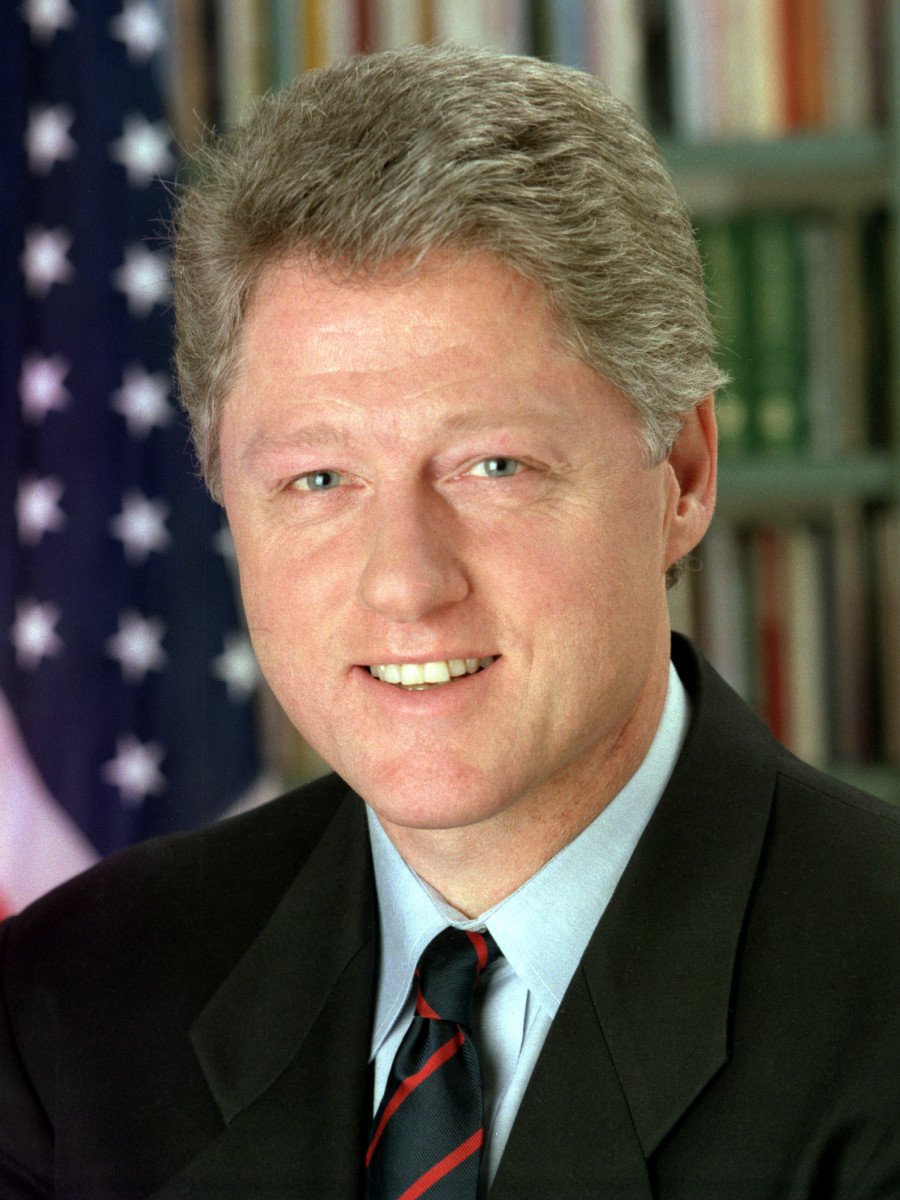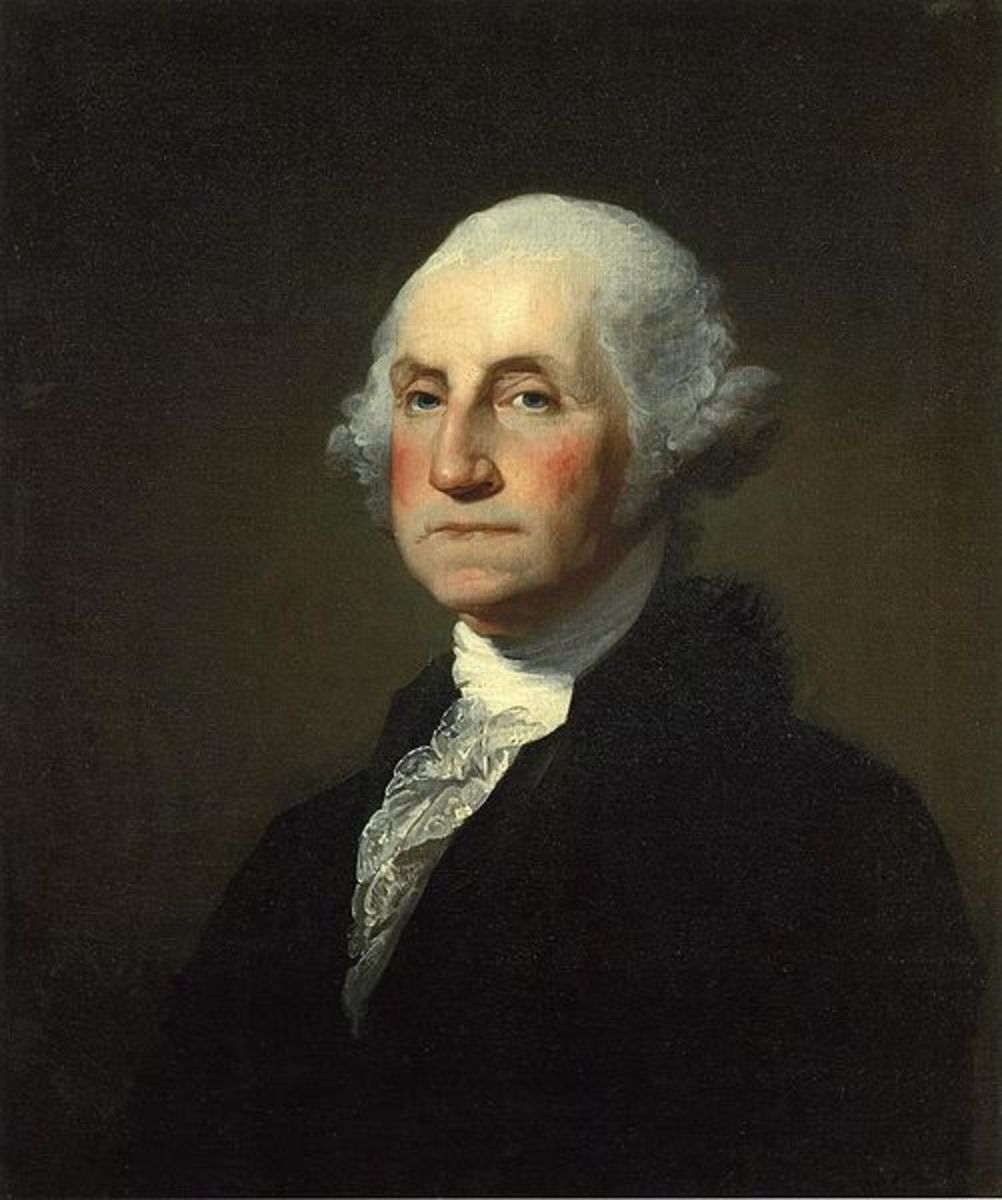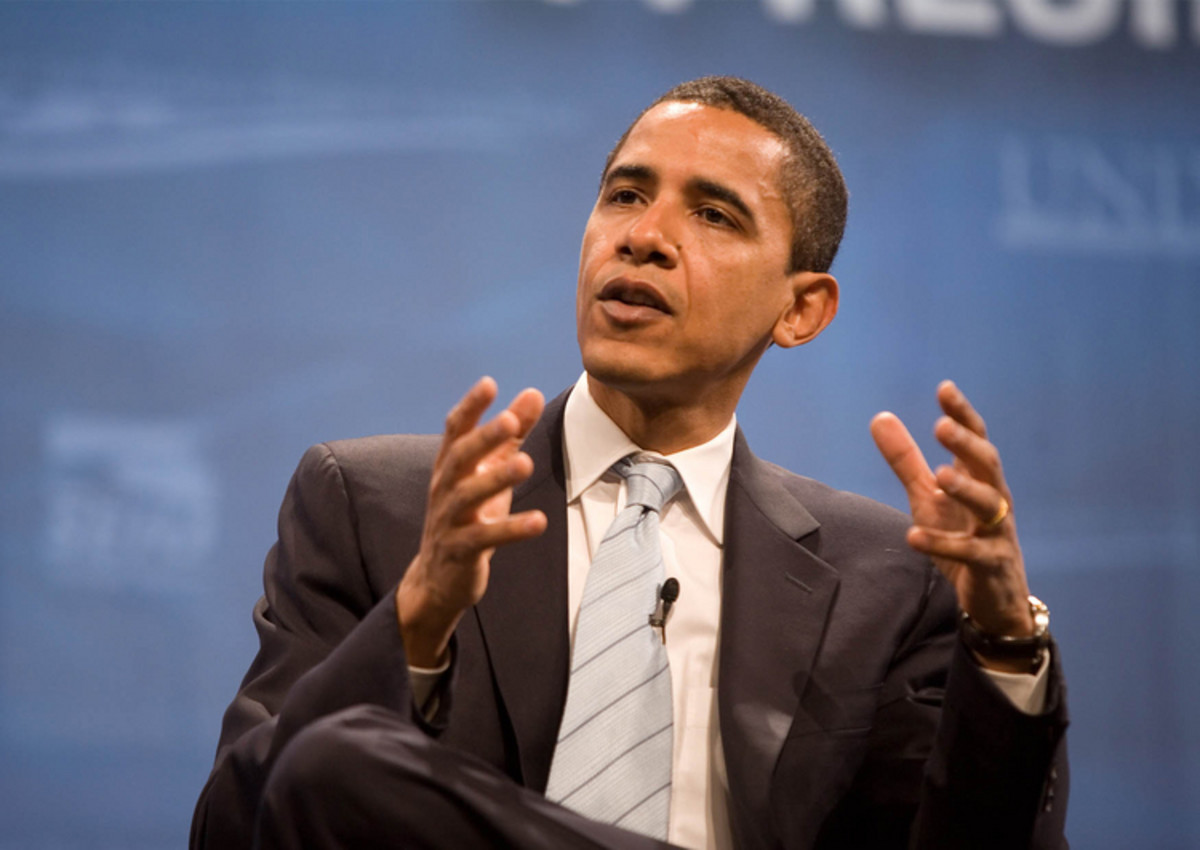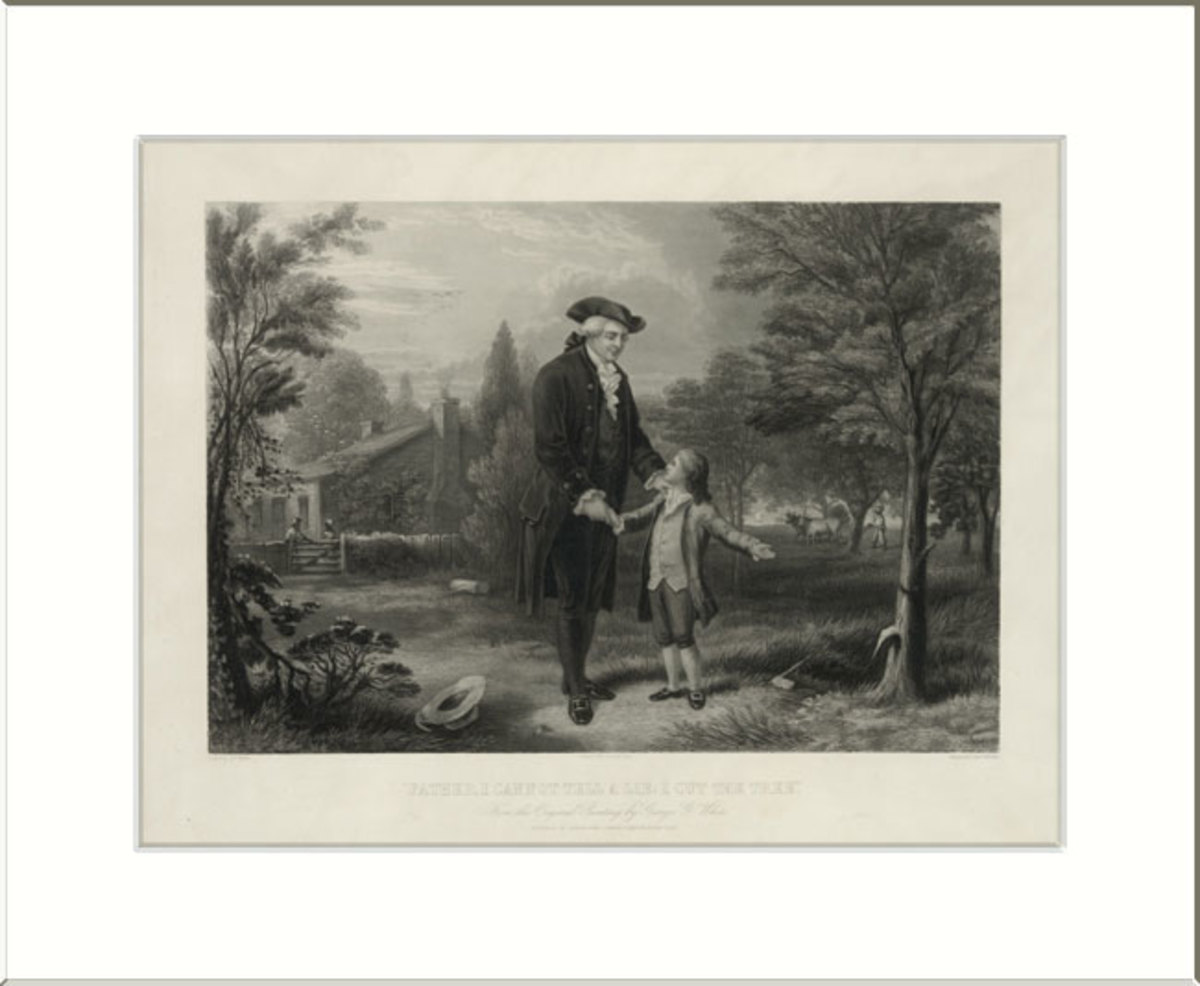Who Had the Shortest U.S. Presidency Ever? William Henry Harrison
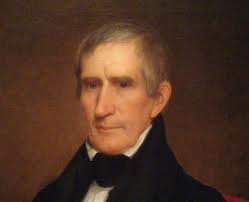
Short Presidency, Long Political Career
When William Henry Harrison was sworn in as the 9th U.S. president on a cold, wet March 4, 1841, no one suspected that only 31 days later, on April 4, 1841, President Harrison would die from pneumonia and pleurisy.
Despite historical lore, Harrison did not contract pneumonia from not wearing a coat or hat during his inaugural address. He was ill only 9 days before he passed away.
Harrison's record of the shortest term in office is only one of several notable facts about his brief presidency and lengthy political career:
- Harrison, at age 68, was the oldest person to be sworn in as president until 140 years later when Ronald Reagan was sworn in just prior to his 70th birthday.
- Harrison was the first president to die in office.
- Born on Feb. 9, 1773, Harrison was also the last president to be born before the Declaration of Independence was written.
- He was the first non-voting U.S. Congressional delegate from the Northwest Territory (1799-1800).
- Harrison was the first governor of the Indiana Territory (1801-1812).
- After serving in the Ohio state senate (1819-1821), Harrison represented Ohio in the U.S. Senate (1825-1828) and ultimately became the first Ohioan elected president.
- Harrison's first and unsuccessful campaign for office in 1836 was the only time that a political party purposefully ran more than one candidate for president.
- Harrison's inaugural address was, and still is, the longest ever given, clocking in at nearly two hours.
- When his grandson Benjamin became president, William Henry Harrison became--and remains--the only president to also be the grandfather of a president.
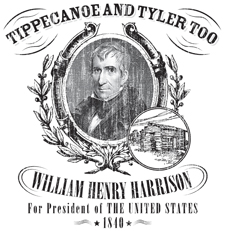
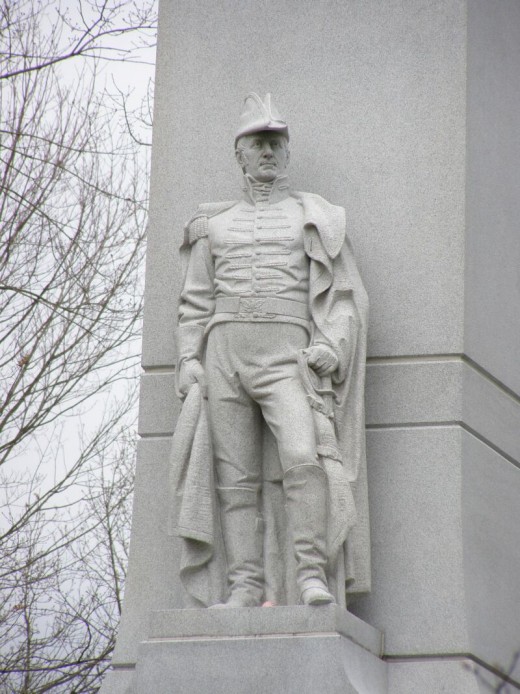
Tippecanoe & Tyler Too
Harrison's initial campaign for president was in 1836, when the Whig party ran regional candidates in an effort to prevent Democrat Martin Van Buren from winning. This dubious strategy attempted to prevent Van Buren from obtaining the necessary number of electoral college votes and force the election to the House of Representatives, which the Whigs hoped to control after the general election.
Harrison was the Whig nomination in most states, while Henry Clay, Daniel Webster, and Hugh White were the Whig candidates in Kentucky, Delaware, Massachusetts, and Maryland. Van Buren won, despite the plan, and the Whig party only succeeded sending the vote for Vice President to the Senate. Finally, because the Whigs did not take control of the House that year, their grand scheme would have failed had they managed to send the election to the House. (Michael Sheppard, MIT, www.mit.edu/~mi22295/elections.html#1836).
In 1840, Harrison was back. This time, he was the lone Whig candidate and again faced Martin Van Buren. Harrison based his campaign on the weak economy and on his heroic military record, which included the Battle of Tippecanoe.
The Battle of Tippecanoe was an 1811 battle that took place in Indiana Territory. Harrison led 1,000 troops north through Indiana Territory in order to create a show of force and convince Tecumseh and the Shawnees to commit to peace as the U.S. prepared for imminent attack by Great Britain. At the junction of the Wabash and Tippecanoe rivers, north of what is now Lafayette, Indiana, the Shawnees launched a surprise attack. Harrison's men rallied and defeated the Native Americans at Prophetstown. The battle became famous throughout the country. Harrison was considered a hero and was nicknamed Old Tippecanoe. (Langguth, "Union 1812", 2006, Simon & Schuster).
"Tippecanoe and Tyler Too" became one of the most memorable presidential campaign slogans in history. Tyler referred to Harrison's running mate, John Tyler. To further his appeal and connect with the "everyday" man, Harrison's campaign also made use of log cabin and hard cider imagery and gave out log cabin-shaped bottles of cider at campaign events. (Carnes, "The Routledge Historic Atlas of Presidential Campaigns," 2001, Routledge)
Harrison easily won the electoral college and the popular vote.
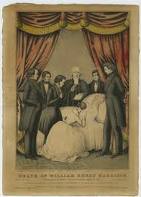
31 Days
Harrison was elected to office in the middle of a financial crisis. The Panic of 1837 had left the U.S. economy severely weakened. One of Harrison's only official acts as President was to call a special session of Congress in order to address the fact that federal funds were so limited that, according to the Treasury Secretary Thomas Ewing, the government could not continue to operate to December 1840 when Congress was next scheduled to meet. (Brinkley et al, "The American Presidency," 2004, Houghton Mifflin)
Trying to reach across the aisle, Harrison angered Clay and other Whigs when he refused to remove all Democrats from all appointed offices and replace them with patronage appointments.
Had the White House been as secure and private as it is today--and had President Harrison been as physically removed from the population as modern presidents are--there is a chance that he may have been able to recover from the pneumonia. However, our 18th and 19th-century presidents were hounded by the public. They woke up to lines of office seekers that needed to be greeted and interviewed, and the general public was also free to line up to pay respects in the "People's House." Harrison was unable to find the time or quiet his body needed to fight his cold. Antibiotics may have helped a bit, too.
First Succession to Vice President
Harrison's death was the first time that a president died while in office, so this was the first use of the Constitution's succession clause. Of course, as with many "firsts," this transition didn't go as smoothly as one would have thought, partly because the Constitution seemed to contradict itself as to whether or not the Vice President assumed the office of president or only took on the duties of president along with his vice-presidential duties.
Article II, Section 1:
In case of the removal of the President from office, or of his death, resignation, or inability to discharge the powers and duties of the said office, the same shall devolve on the Vice President … until the disability be removed, or a President elected.
Article I, Section 3:
The Vice President of the United States shall be President of the Senate, but shall have no vote, unless they be equally divided. The Senate shall choose their other officers, and also a President pro tempore, in the absence of the Vice President, or when he shall exercise the office of President of the United States.
Vice President John Tyler considered himself the new president and took the presidential oath of office. However, John Quincy Adams, Henry Clay, members of the Congress, Harrison and Tyler's own Whig party leaders, and members of the cabinet believed that Tyler was only the acting president. According to "John Tyler: The Accidental President" (Crapol, 2006, UNC Press), Tyler insisted he held the office and returned all mail addressed to Acting President of the United States. Because of his persistence, the Senate voted on the matter, accepting Tyler's use of the term "President." ("Accidental Presidents," Abbott, Presidential Studies Quarterly: Dec. 2005). This set precedent for subsequent successions and was eventually clarified by the 25th Amendment.
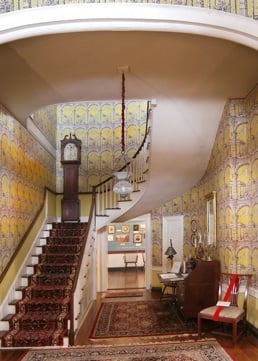
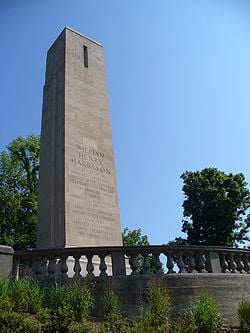
William Henry Harrison Home & Gravesite
Like many politicians and military personnel, Harrison frequently moved around during his adult life. The house selected as the "official" Harrison home is located in Vincennes, Indiana, where Harrison served as governor of the Indiana Territory. Built by Harrison in 1803 in the Virginia Plantation style of his Virginia childhood home, Grouseland served as Harrison's residence and territory headquarters. Although Grouseland remained in the family until 1848, Harrison's wife, Anny Symmes, and their children only lived in the house until the beginning of the War of 1812, at which point they returned to the family farm in North Bend, Ohio. In 1901, a local DAR chapter acquired the run-down Grouseland, restored it and opened it to the public. Many furnishings are actually from the Harrison family. (grouselandfoundation.org)
Despite his busy schedule, Harrison and Anna had 10 children, nine of whom survived into adulthood. After her husband's death, Anna lived with her son John and helped raise his children, one of whom, Benjamin, also became president. Anna lived to the age of 88.
Harrison is buried in North Bend, Ohio, which is near Cincinnati. His wife and other family members are also buried with him.
Learn more about visiting Harrison's birthplace, residence, and gravesite in my article: Homes of the U.S. Presidents, Part 2.

